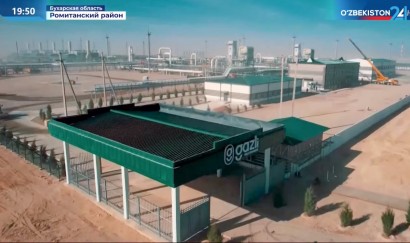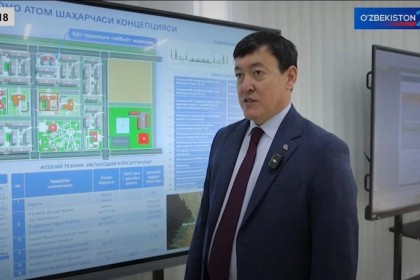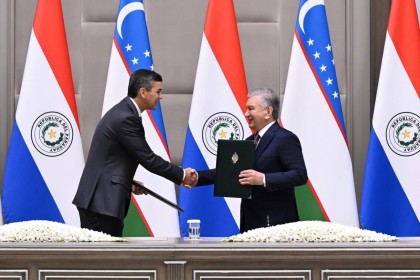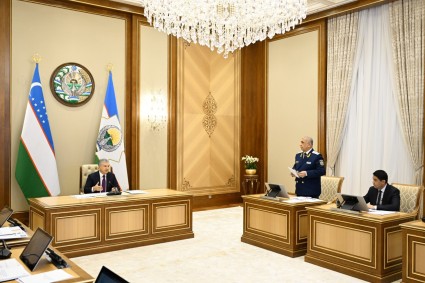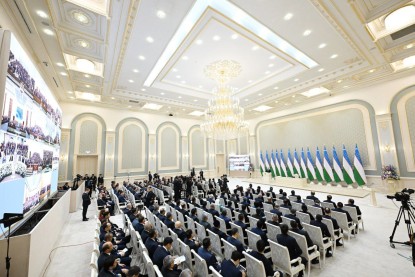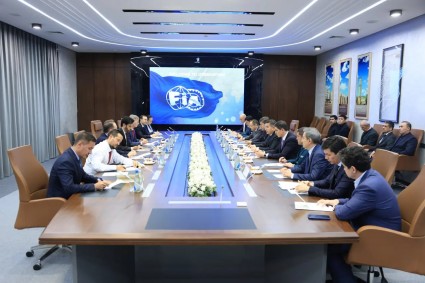The World Bank report Air Quality Assessment for Tashkent and the Roadmap for Air Quality Management Improvement in Uzbekistan serves as a diagnostic tool to evaluate the air quality in Uzbekistan’s capital and formulate a roadmap for improving air quality management (AQM) in the country.
Jointly produced by the World Bank and the Ministry of Ecology, Environmental Protection and Climate Change of Uzbekistan, with support from the Ministry of Economy and Finance of Uzbekistan, this report is part of a series of studies on air quality in Central Asia intended to inform dialogue with the region’s governments and pave the way for a comprehensive regional air quality knowledge and cooperation platform.
Most air quality-related diseases and premature deaths in Uzbekistan and worldwide are linked to PM2.5, which the World Health Organization (WHO) has identified as the pollutant of the gravest health concern. Tashkent, like other Central Asian cities, frequently ranks among the world's most polluted urban areas according to IQAir.
The Government of Uzbekistan also recognizes that AQM is a challenge requiring collaborative, comprehensive, and multisectoral efforts on the local, national, and regional levels.
On May 21, 2024, Ministry of Health of Uzbekistan adopted a new PM2.5 Standard for Residential Air Quality, which is in line with WHO recommendations and represents an actionable initial interim target and an ambitious milestone towards air quality improvement.
Key Report Findings and Recommendations
- Ambient PM2.5 concentrations in Tashkent peak in the winter months and substantially exceed international air quality standards. The annual average PM2.5 concentration in Tashkent exceeds over six times the WHO’s annual average guideline of 5 µg/m3.
- In Tashkent, PM2.5 ambient air pollution has considerable health and economic costs. It can be linked to health costs equivalent of 0.7% of Uzbekistan’s gross domestic product (GDP).
- In Tashkent, the main sources of human-caused PM2.5 pollution are the heating (28%), transport (16%), and industrial sectors (13%). Cross-boundary sources like windblown dust (36% PM2.5 pollution) dominate in the summer, while commercial and residential heating is the main source of PM2.5 pollution in the winter.
- The AQM roadmap for Uzbekistan in the report elaborates on priority actions such as updating air quality standards and legislation, developing a national AQM strategy and coordination mechanism, as well as policies and measures in the industrial, transport, and heating sectors, which are most responsible for air pollution. The report also offers measures to reduce windblown dust.
- The AQM roadmap recommends investments in emission reduction measures across sectors to reduce exposure of the population to harmful air pollution and to improve the population’s well-being.
- The AQM roadmap suggests that emissions from the heating sector can be reduced by (i) improving the quality of fuels used and the efficiency of heating appliances, (ii) implementing energy efficiency measures, and by switching to cleaner heating alternatives. Implementation of these measures will require regulatory changes and economic incentives.
- Financial assistance to households to afford up-front investments in energy efficiency and cleaner heating is also needed, especially to support vulnerable households.


